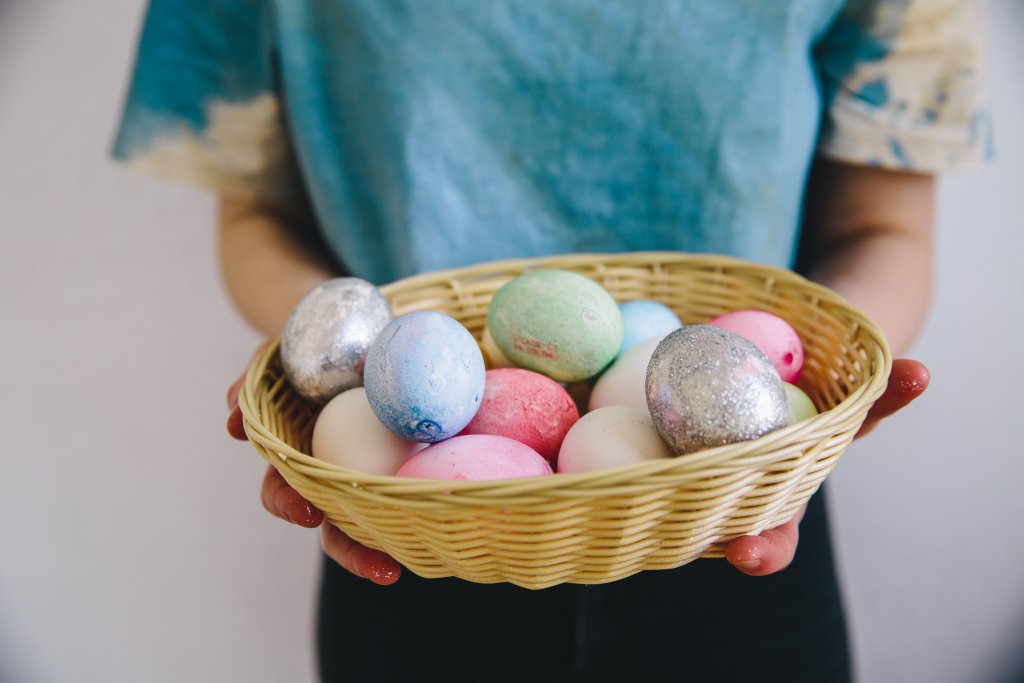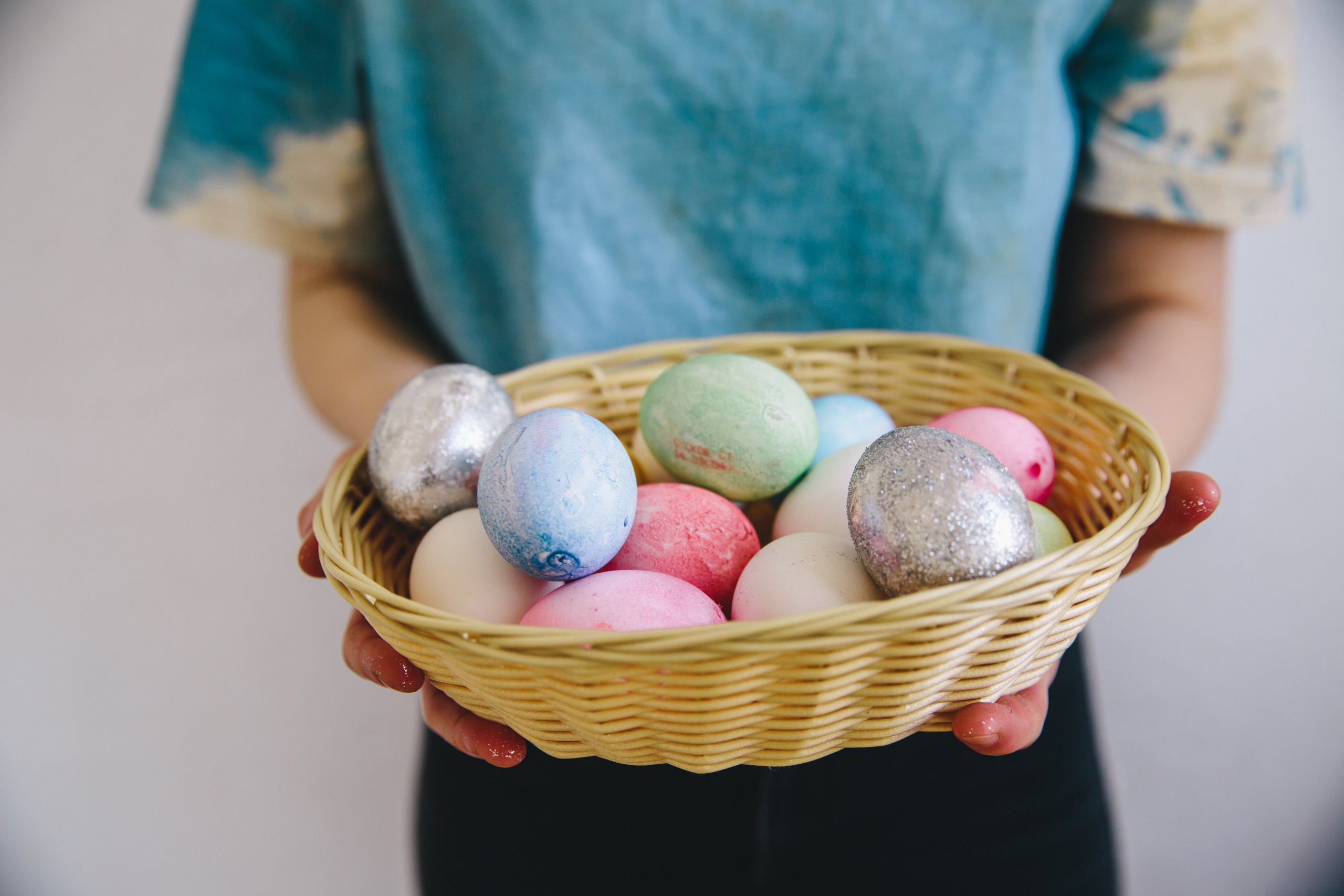As in the Orthodox tradition, the date for celebrating Catholic Easter (Easter in German Ostern) is determined by the church calendar and, therefore, changes every year. In 2018, Easter in Germany, Austria and Switzerland is celebrated on 1 April.
In Europe, Easter is celebrated not only by deeply religious people, but also by people far from the church. Many Europeans associate this holiday with the beginning of spring, the blossoming and awakening of nature. On Easter weekends, often the first warm, truly spring days, many families go to the countryside and spend time outdoors.
The main symbols of Easter in Europe are the painted eggs and the Easter Bunny. They can be found in almost every home, in shop windows, on the main squares of towns and cities. Europeans in advance and with enviable diligence decorate their homes and areas around the house before the holiday.
Easter traditions in Western European countries
Easter traditions are an integral part of European culture. They have a deep symbolic meaning and are rooted not only in religious injunctions, but also in life and everyday life in ancient times.
Many of the Western European Easter traditions are familiar to us. For example, the tradition of dyeing and exchanging eggs on Easter. You may be reading about some of these customs for the first time.
Easter egg hunt (die Ostereiersuche): a traditional activity for children. Many parents organise Easter egg hunts for their young children. For this purpose, usually chocolate eggs and bird’s nests are hidden in the garden, in the house or in the apartment, with small presents inside, which are believed to have been brought and hidden by the Easter Bunny, and the children try to find them.

The familiar tradition of hitting eggs at Easter (Eierpecken, Ostereiertitschen or Eiertütschen) also exists in Western Europe. Normally, at breakfast, the members of the family organize a small competition: two hard boiled eggs are beaten against each other. The winner is the one whose egg remains intact.
Another familiar Easter tradition is the consecration of sprigs of palm (Palmkatzerl or Palmkätzchen). For example, in Austria it is customary to consecrate sprigs of willow in church and place them in a vase in the living room. Sometimes sprigs are decorated with decorative multi-coloured eggs.
What can there be Easter without kulich? And in Europe, it’s impossible to imagine Easter without a special Easter pastry! In Germany, many bakeries offer a special Easter lamb (das Osterlamm) in the form of a sweet pastry prepared according to a special recipe.
On the night before Easter, it is customary in many regions of Germany to light an Easter bonfire (das Osterfeuer). The fire symbolizes the sun. The sun, in turn, gives birth to new life, symbolises fertility, blossoms and signifies the arrival of spring.
And finally, a video about the Easter Bunny in German. Useful for all ladies interested in the history of Easter traditions in Europe and learning German 😉

